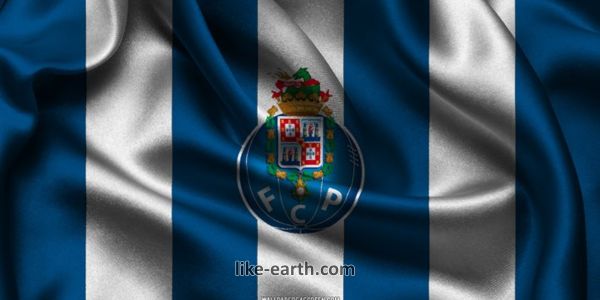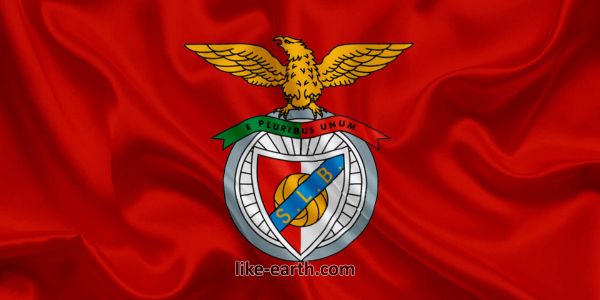Noble Titles and Their Meanings Explained

The phrase “noble titles and their meanings explained” opens the door to understanding centuries of monarchy tradition. These noble ranks have long held cultural and political importance across the United Kingdom and other monarchies. Today, they serve as both historical relics and symbols of national identity.
“`
Understanding the British Peerage System
The British nobility is structured under what is known as the peerage system. It consists of several ranks, each carrying different privileges and responsibilities. This structured hierarchy plays a significant role in royal protocols and ceremonial functions.
Duke and Duchess
The title of Duke is the highest rank in the British peerage below the monarch. Traditionally, it was awarded to the male members of the royal family or those who served the crown significantly. The female equivalent is a Duchess. Notable dukedoms include the Duke of Cornwall and the Duke of Cambridge.
Marquess and Marchioness
Coming just below the Duke in status is the Marquess. The feminine form is Marchioness. This title historically denoted a nobleman governing border territories, known as “marches.” Today, it’s largely ceremonial but still prestigious.
Earl and Countess
The title Earl is unique to British tradition and is equivalent to a Count in other European countries. The wife of an Earl is known as a Countess. Earls have played vital roles throughout British history, both in governance and in war.
Viscount and Viscountess
Viscounts were historically deputies or lieutenants of Counts and Earls. The title is still active today and is given for distinguished service or inherited. The female form is Viscountess.
Baron and Baroness
At the lowest rank of the peerage is the Baron. Despite its position, the title remains highly respected. A Baroness is either the wife or the female equivalent. Members of the House of Lords often hold baronial titles.
Courtesy Titles and Honorary Styles
Not all titles are hereditary. Courtesy titles are often given to the children of peers. These do not grant the same level of power or land ownership but are still significant within society. Styles like “The Honorable” and “Lord” or “Lady” are common among the aristocracy.
Modern Relevance of Noble Titles
While noble titles no longer wield direct political power, they maintain cultural and ceremonial importance. Events such as royal weddings and the State Opening of Parliament still heavily feature titled nobles. Their presence symbolizes continuity, tradition, and national unity.
Common Misconceptions About Titles
Many believe that noble titles always indicate great wealth or political influence. However, this is not always the case. Some titles are honorary and do not include estates or income. Additionally, life peerages are non-hereditary titles granted for service to the country and expire upon the holder’s death.
Global Comparisons
Other monarchies have similar hierarchies. For example, France had its own peerage, and countries like Spain and Japan have used noble systems to define social order. However, the British system remains the most influential and publicly recognized in modern media.
How Are Titles Bestowed?
Noble titles are typically granted by the reigning monarch. In modern times, they are often conferred during Honours Lists, recognizing public service, military achievements, or contributions to the arts. These formal recognitions are part of the sovereign’s prerogative powers.
The Role of Nobility in Society
Today’s nobility is more symbolic than administrative. Yet, their influence remains strong in the realms of charity, culture, and international diplomacy. Many nobles manage estates, contribute to philanthropy, and appear at national events to uphold historical legacies.
Conclusion
The structure of noble titles and their meanings explained in this article reflects centuries of cultural evolution. Titles like Duke, Earl, and Baron still carry weight and heritage. They bridge the gap between history and the present, offering a glimpse into the enduring nature of monarchy and class.
For more insights into the cultural and historical influence of royalty and global traditions, visit our partner Like Earth.
Stay updated with current royal discussions on our WhatsApp Channel.



